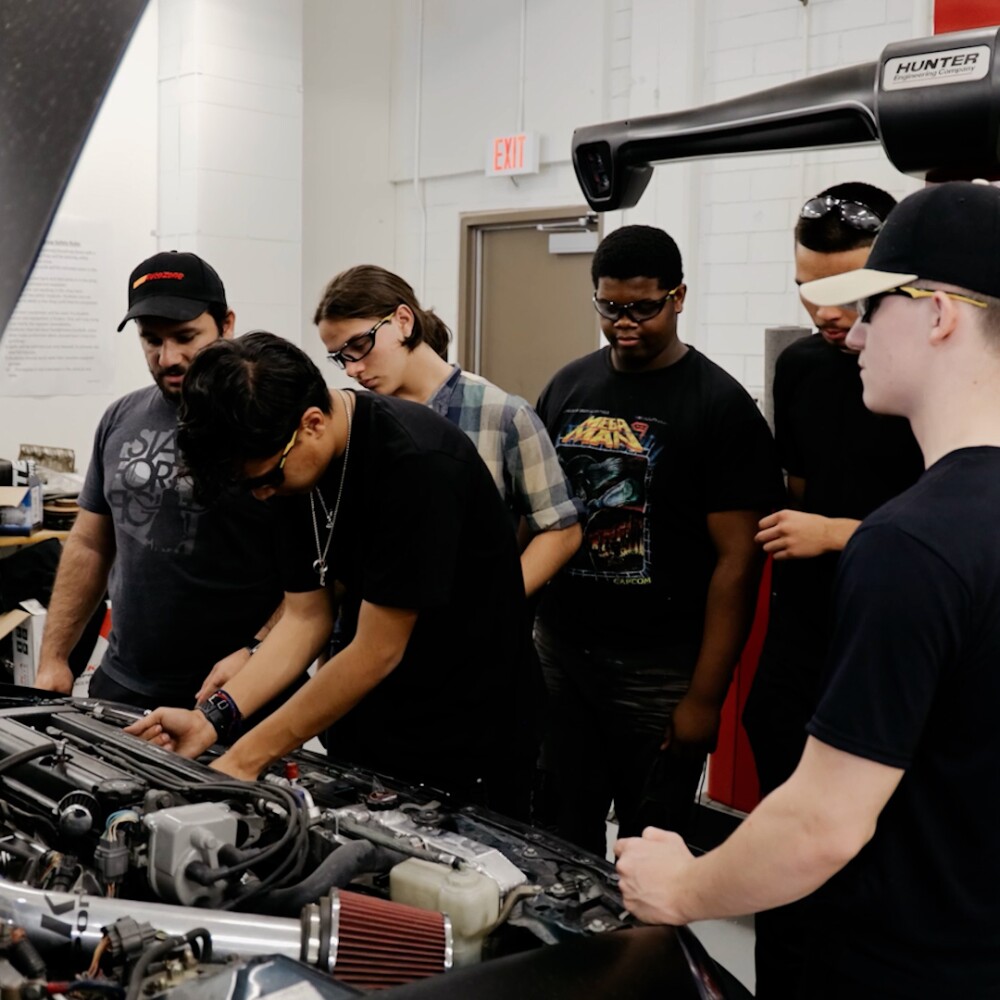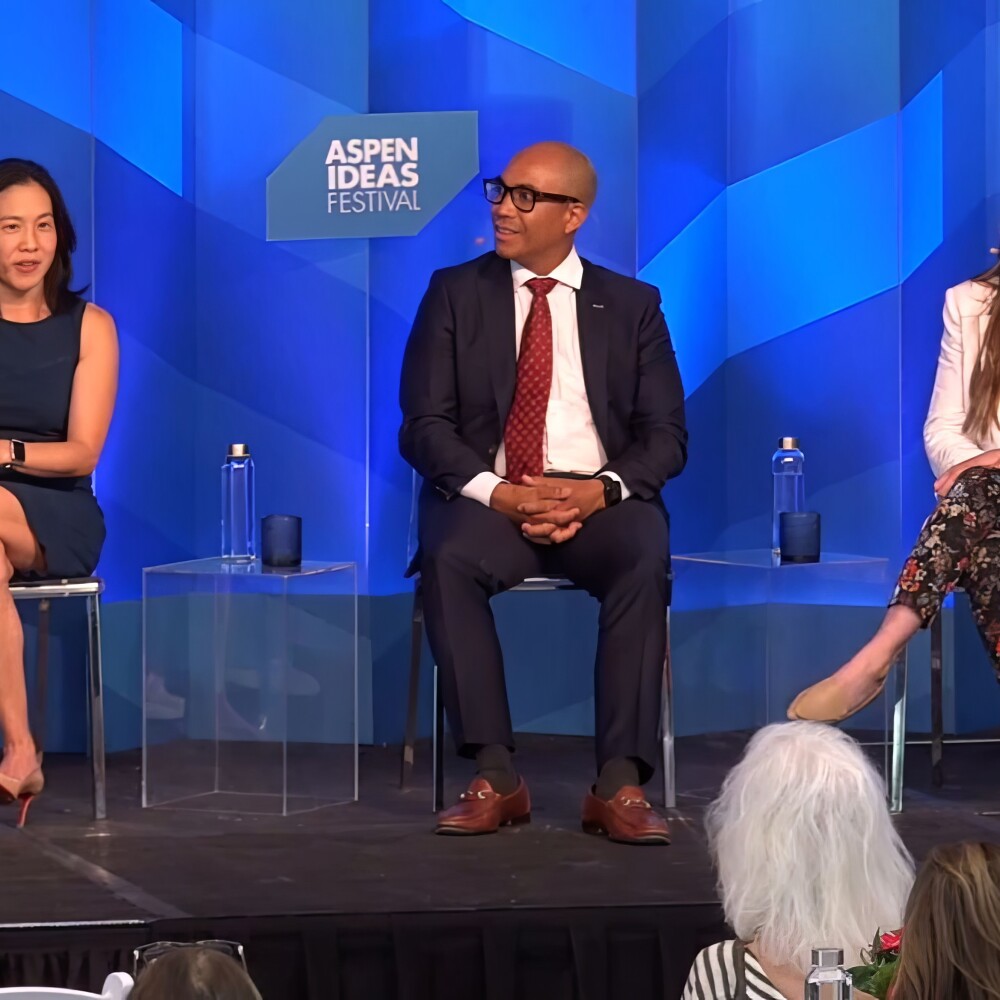The charter school movement today confronts a challenging political environment.
This contrasts with nearly three decades of bipartisan charter support from governors and legislators who created charter laws in 43 states and the District of Columbia and bipartisan backing by four Presidents—Bill Clinton, George W. Bush, Barack Obama and Donald Trump.
But this pushback against these independently run public schools isn’t as dire as charter opponents want the public—especially charter supporters—to believe.
In fact, there’s another—more important—story to tell: the charter school strategy is working as planned.
Charter enrollment is steadily increasing. From 2007 to 2017 enrollment more than doubled, from 1.3 million to 3.2 million students.
In 2017, 21 districts had at least 30% of students enrolled in charters — up from 1% in 2006. Another 214 districts had at least 10%, up from below 20 districts in 2006.
The charter strategy is spreading. And working.
This view is consistent with chartering’s “great promise” described by Ted Kolderie, a charter thought leader, in a 1990 report by the center-left Progressive Policy Institute.
Chartering is primarily a governance innovation fostering system change in how school districts manage schools rather than an educational innovation focused on schools.
Kolderie contrasts the district sector, which is governed by school boards setting policy, managing districts and running schools, with the charter sector, which is governed by a decentralized contract model allowing organizations other than school boards to offer public education. These authorizers include state charter boards, non-education government offices and other nonprofits.
This approach broadens public education’s definition from districts creating and running schools to authorizers creating schools and contracting with operators to run independent, self-governing public schools.
Since chartering is a governance—or institutional—innovation, the key question for assessing success is whether the strategy instigates new approaches to K-12 governance.
It does.
Governance innovations include state Recovery School Districts that restart low-performing schools as charter or charter-like schools. New Orleans is its most prominent example, with results showing improved student outcomes.
Public school governance in the District of Columbia is another prominent example. The district and charter sectors exist separately.
The mayor oversees the district and appoints the chancellor, who supervises 116 district schools enrolling nearly 49,000 students—53% of public school students.
The charter authorizer is the D.C. Public Charter School Board. The mayor nominates its seven members, with consent by the D.C. Council. The charter board oversees 123 charter schools enrolling nearly 44,000 students—47% of public school students.
The result has been increased student achievement in both sectors.
Public Impact, a nonprofit research organization, describes other charter-catalyzed governance models.
Partner-run schools are created by districts transferring governance to an independent organization. Examples include Indianapolis’ Innovation Schools, Denver’s Luminary Learning Network, and Texas’ District Campus Charter Schools.
Partner-led schools are overseen by independent organizations that manage school operations, including selecting the school leader. Districts oversee some school operations— such as bargaining agreements—and remain the employer. Witness the Partnership for Los Angeles Schools.
District-run schools operate with waivers from policies, bargaining agreements and statutes. An example is the Fulton County Georgia Charter System, which converted 22 schools to charter system schools.
Today’s assault on chartering is fierce. But that’s neither the full story—nor the most important one.
What of the schools created by chartering? Knowing which are succeeding with student learning is important. Because not all charters are alike, it’s necessary to compare similar schools.
For example, analysts at Stanford University’s CREDO and the National Bureau of Economic Research have shown that a sizable charter subgroup—high expectations/high support schools—have significant positive achievement impacts, especially for students of color and those from low-income communities.
Nearly 30 years ago, Kolderie wrote, “Resistance will be fierce.”
Today’s assault on chartering is fierce.
But that’s neither the full story—nor the most important one.



